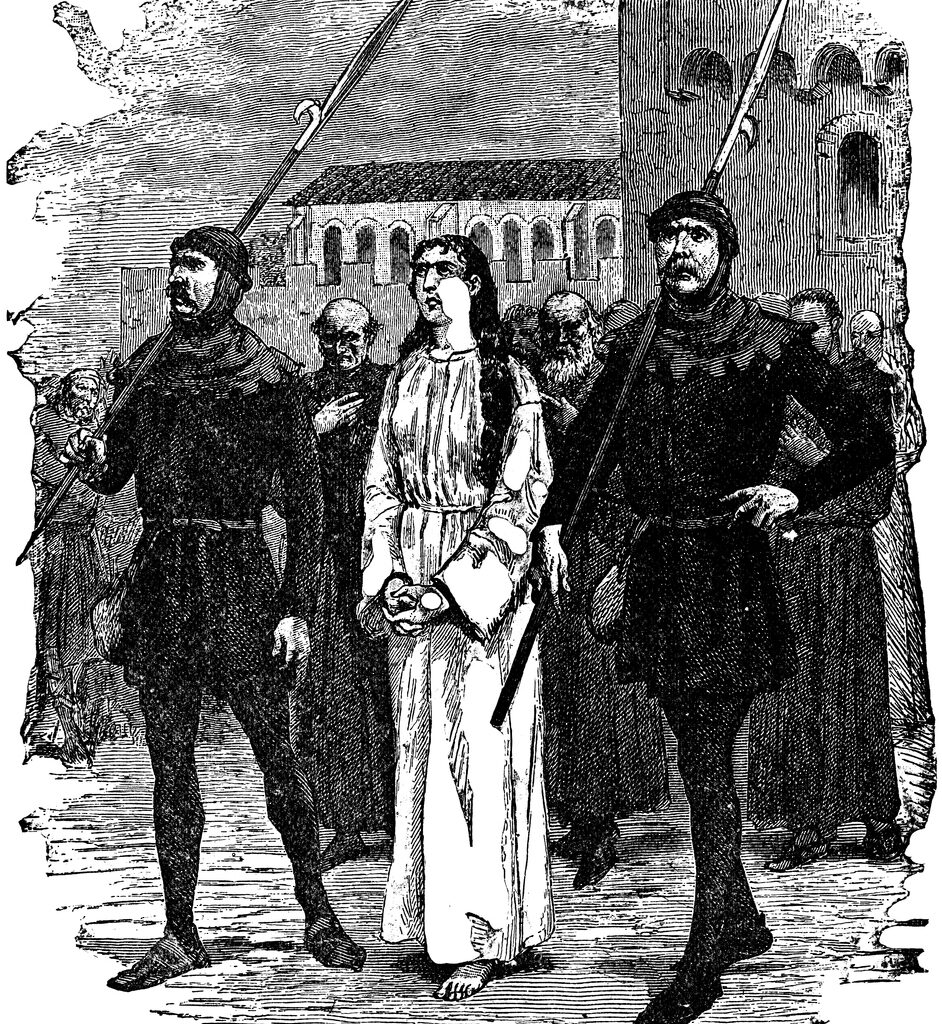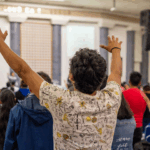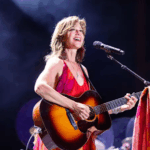Review: The Ruin of all Witches, Malcolm Gaskill, Allen Lane.
Strange things are happening in mid-1600s New England, in the frontier town of Springfield, on the Connecticut River. Suspicion falls on a recent arrival, Hugh Parsons, who seems perpetually aggrieved at the townsfolk and the world, and whose wife, Mary, is obsessed with witches.
Hugh vows revenge during the day, sleeps fitfully at night. Mary thinks he bewitched their deceased infant son, to free her labour for the imminent harvest. She suspects he is also, somehow remotely, responsible for the sudden sickness and death of their neighbours’ children. He seems to know the contents of her private conversations with neighbours. Just before he comes home from a day’s work, the still day is split by a clap of thunder.
Townsfolk notice household implements vanishing and then reappearing hours later. Hugh turns up at their doorsteps in the middle of the night for no good reason. They are stalked by the apparition of a black dog. Boiled suppers fail. When a labourer refuses to help Hugh bring flour home from the mill, the labourer inexplicably falls off his standing horse three times. A man is attacked in his bed by three snakes, one of which speaks to him in a threatening voice. During a church service, women go into convulsions and hallucinations.
Eventually, Mary and Hugh are arrested. Hugh is evasive. Mary, who Hugh suspects has gone mad, confesses to ‘cavorting’ with neighbours in the middle of the night. She is accused of causing the death of her other son. After a pre-trial hearing conducted by local magistrate William Pynchon, they are taken to prison and a potential death sentence in Boston, where the citizens are both less credulous and full of Puritan zeal.
What on earth caused the citizens of New England to believe these things? Malcolm Gaskill, in his book that draws on incredibly detailed sources and reads like a gothic crime novel, suggests that, despite the high church in England frowning on superstitious talk, in New England extreme, dualistic Calvinist theology, the precarity of frontier life and the tumultuous world of Civil War England stoked fears. Pressures on marriages were exacerbated by a close community’s watchful eyes and active imaginations, despite the fact that people were well aware of the problems of relying on verbal witness in these things.
There were witch-hunts in England at the time. A decade before, a witch was hanged in Boston and when her husband fled, New England was hit by a ferocious storm. Decades later, fears would flare again in the Salem trials. Theologians fanned the flames by insisting that witches were so dangerous because they could hide themselves so well. Anyone could fall under suspicion. Yet it remains hard to understand why even those accused seemed to accept their guilt.
Gaskill also notes that the fear of witches went hand-in-hand with the fear of heresy. The magistrate Pynchon was himself censored by Boston authorities for writing a book in which he cast doubts on the Trinity by claiming Christ was not the object of God’s wrath in our stead, but simply reflected the Father’s unconditional love. The leaders in Boston were additionally aghast that in England, where the book was printed, it would indicate rampant heresy in New England.
Pynchon’s theology indicated a split in Protestant theology between those who felt beset by demonic forces and the weight of sin, those who watched their every step to ensure they continued as one of the (minority) elect, and those who felt Christians should focus on what united them, and on love over accusation. Gaskill suggests that Pynchon led the way to more humane and humanistic belief.
And yet, Pynchon was convinced of the reality of witches. Such were the dark complexities of Puritan New England.
Nick Mattiske blogs on books at coburgreviewofbooks.wordpress.com and is the illustrator of Thoughts That Feel So Big.













